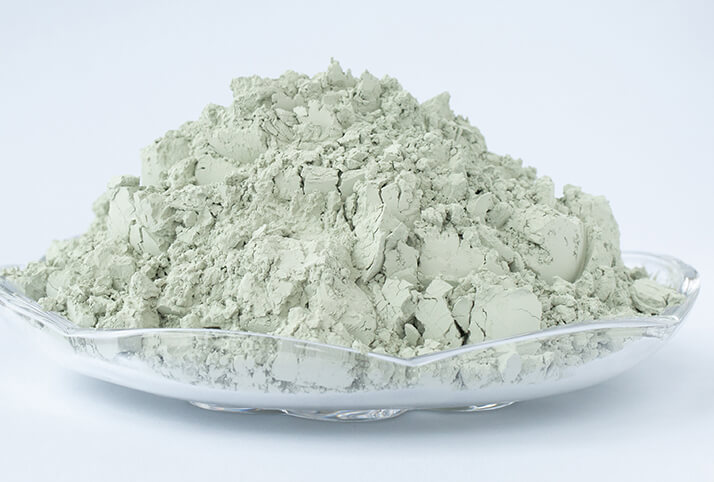
The Green ethos demands that every device we use be as energy efficient as possible. To do this, we need to make use of every available tool, and this extends to our choice of semiconductor.For decades, silicon has dominated the tech industry, and made possible the trillions of tiny switches upon which modern computing is based. But the addition of an extra element, carbon, can yield vast improvements in performance.Silicon Carbide, or SiC, is used in the manufacture of ceramic brake discs, bulletproof vests, and cutting discs. But its power as a semiconductor has seen it widely adopted in the world of microelectronics, too. Here, we’ll examine a few of the key benefits of SiC.
- Band Gap
Most of the benefits of this material are derived from its higher band gap. In silicon carbide, electrons need thrice the energy to reach the conduction band. This equips SiC to deal with the stronger electric fields found in high-voltage devices, and far stronger currents, too. Compared to standard silicon, silicon carbide can tolerate nearly ten times the voltage and almost five times the current.
- Smaller Size
SiC also allows manufacturers to shrink the same device into a far smaller space. For as long as computers have been around, the trend in demand has continuously moved toward the smaller. We all want thinner smartphones and televisions, and foldable devices are now already a reality. This trend, then, is unlikely to slow in the near future.
Smaller component size also confers a few other advantages. Devices will suffer less loss through resistance, as tracks on a board can be made shorter. Parasitic capacitance can also be reduced, provided that the board layout is appropriate. SiC-based devices are also able to switch more quickly, allowing for operation at higher frequencies.
- Higher Temperatures
If we keep the voltages and chip size constant, SiC creates far less on-state resistance. That means less energy wasted as heat, which extends component lifespan, and superior conduction of heat away from the circuit.
Moreover, the material is able to tolerate far higher temperatures before its performance begins to suffer. In applications where heat is a critical factor, such as engine monitoring and domestic ovens, this is especially valuable. But even simpler devices benefit from a change in material.